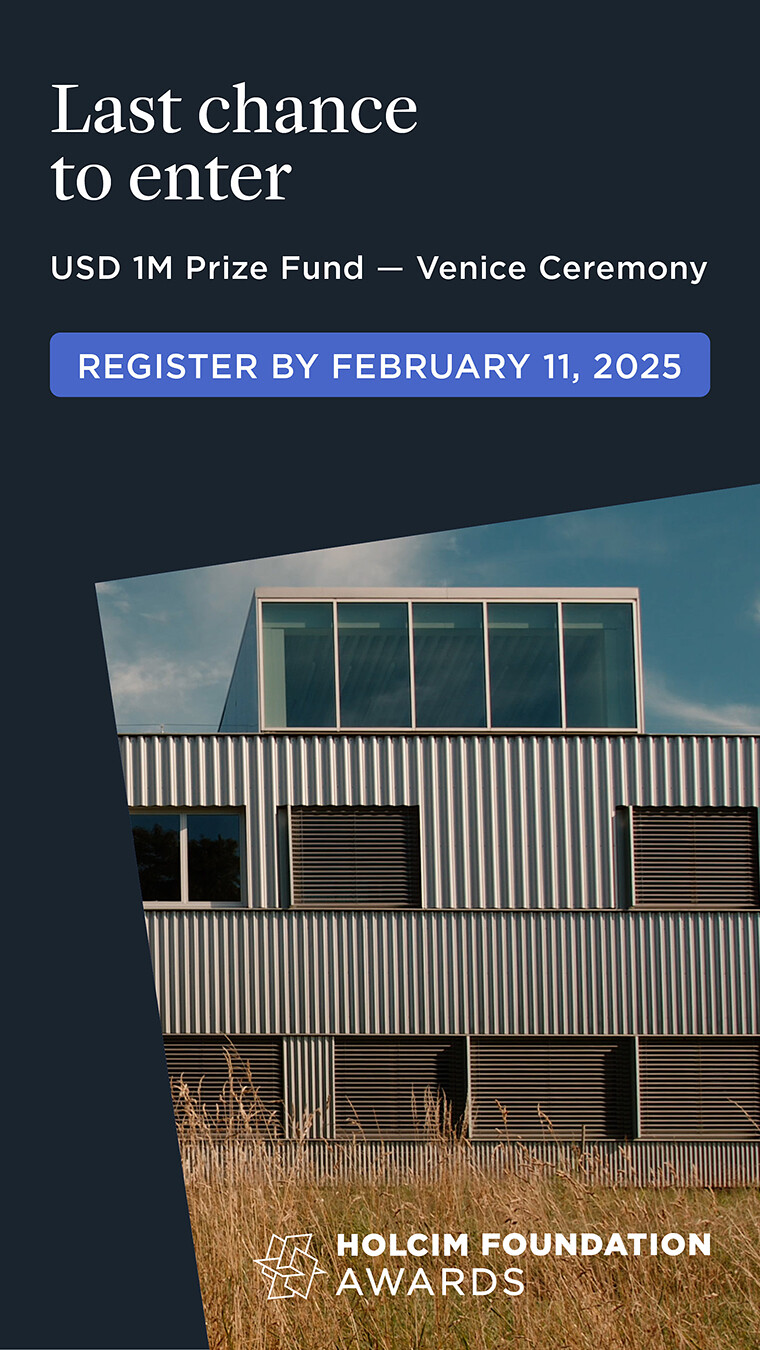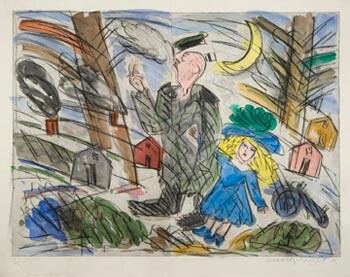Kentridge and Kudryashov:
Against the Grain
October 3 – December 30, 2009
Kreeger Museum
2401 Foxhall Road, NW
Washington, D.C. 20007
Phone (202)337-3050
http://www.kreegermuseum.org
Press Preview: Tuesday, September 29, 2009, 2 – 3:30 pm
To RSVP, call 202-337-3050 x15
In the fall of 2009, The Kreeger Museum will present an exhibition of works by South African artist William Kentridge and Russian artist Oleg Kudryashov. Although the artists have never met, there is an undeniable affinity between the two including similarities in technique, composition and content. Kentridge and Kudryashov: Against the Grain will be on view October 3 – December 30, 2009. The exhibition is curated by Eric Denker and Chris With, both of the National Gallery of Art and consists of 40 to 50 works drawn from Washington area collectors.
“William Kentridge and Oleg Kudryashov share in their works a surprising commonality of interests: in media – love of drawing, film performance and installation; in style – use of figuration; in philosophy – understanding of the failures of utopian modernism; and in content – narration about remembering and loss. Rooted clearly in their geographic birthplaces and political experiences, they have developed and worked on the periphery, at a distance from the centers of art. Their unique situations and direct observations of harsh political climates in their countries made them look for more personal means of expression. In other words, their own intense lived-through experiences of different yet equally oppressive political regimes unite Kudryashov and Kentridge in their quest to bear witness and to communicate the inflicted pain through the poetics of their art.”
–Milena Kalinovska, from William Kentridge/Oleg Kudryashov, Points of Contact, 2002
–more–
Kentridge and Kudryashov – pg. 2
William Kentridge (b. 1955, Johannesburg, South Africa) was born to prominent, anti-apartheid lawyers. In the 1970s he studied politics, African Studies and joined art classes and drama workshops at the Johannesburg Art Foundation. Kentridge developed an interest in film and theatre, which he studied along with mime in Paris from 1981 to 1982. After returning to South Africa, he turned to drawing in 1984 and in 1989, began making a series of animated films, which as he said, would make his strong-felt drawings, “breathe.” His work was first exhibited in galleries that were at the center of the country’s artistic resistance to apartheid, and much of his earlier work criticizes the bourgeois lifestyle made possible by the social system. Rather than directly documenting the oppression of the black South Africans or the comparatively idyllic lives of the country’s white population, the figures in his work inhabit more subtle situations. He avoids the overtly politically didactic, but rather explores and stresses poetical devices. This strategy enables him to communicate nuances through short lyrical narratives, reflecting the depth of feelings of humans drawn into the drama of a cruel contemporary history. It is the sophisticated renderings of the subjects in his prints, drawings and animated films that give his entire oeuvre the breadth of accomplishment and singularity which is hard to ignore, but also hard to follow. The artist states, “I have never been able to escape Johannesburg. The four houses I have lived in, my school, studio, have all been within three kilometers of each other. And in the end, all my work is rooted in this rather desperate provincial city. I have never tried to make illustrations of apartheid, but the drawings and films are certainly spawned by and fed off the brutalized society left in its wake.”
Using etching, aquatint, drypoint and monoprint, Kentridge’s deeply profound and layered work engages the issues of the human condition on both specific and more general levels. As with other great printmakers of social conscience, such as Goya, Callot and Kollwitz, while the ostensible subject matter may seem contemporary, there are always undertones of timelessness in his themes. His prints often involve creating, erasing, recreating and revising an image many times in a search for the myriad expressive possibilities in the changing contexts of his work – each is uniquely endowed with a dramatic intensity rare in contemporary graphics.
Washington area collectors realized the power of Kentridge’s work early in his career and have been collecting his prints for more than 10 years. In addition, his work is in the collections of the National Gallery of Art, the Corcoran Gallery of Art and the Hirshhorn Museum and Sculpture Garden. His work on exhibit at the Kreeger will date from 1989 to the present, including aquatint, drypoint, engraving, etching, linocut, lithograph techniques, often in combination. Kentridge’s prints are rich in layering, most often restricted to black and white, with color accents added to select images.
The exhibition, William Kentridge: Five Themes, originally opened at SFMOMA, is currently traveling to the Modern Art Museum, Fort Worth, Texas and the Norton Museum of Art, Palm Beach Florida. The final venue will be the Museum of Modern Art in New York in spring 2010, concurrent with the opening of ¬”The Nose”, Dmitri Shostakovich’s opera based on the short story by Nikolai Gogol, at the Metropolitan Opera, staged by Kentridge.
–more–
Kentridge and Kudryashov – pg. 3
Oleg Kudryashov (b.1932, Moscow, Russia) began studying art in 1942 in his native city of Moscow. He first trained at the State Art Studies (IZO) and then at the Moscow Art School, graduating in 1951. He was enlisted in the army from 1953 to 1956 and was employed in a film studio from 1956 to 1958. In 1974, he immigrated to London, England, where he remained until returning permanently to Moscow in 1997. As he matured and his career progressed, his travels allowed him to experience a broad array of art previously unfamiliar to him during his days as a student. His work from 1978 onward, recalls the avant-garde art of the 1910s and 1920s, especially Russian Constructivism, but he was equally dedicated to a broader and even earlier strain of Russian art centering on the Lubok artists who from the 18th century onwards produced popular prints for the Russian masses. Whether working in a more formal constructivist vein or a more representational style, Kudryashov’s is always rooted in everyday life and the environment – the industrial landscape of a city and the life of the deprived. The materials he employs are simple and traditional: hand press, burin, steel, brush, industrial cutters and industrial zinc plate – which the artist loves because it is “coarse and unfriendly.” Instead of making preliminary drawings, he works directly on the zinc plate, using engraving needles to joust, while moving it around with quick, abrupt movements. The artist sees it as “jumping inside the plate and drawing from the inside out.” This aggressive working method is the main reason Kudryashov uses zinc since any less resistant surface could not withstand the process. He often applies watercolor, gouache, charcoal or chalk to the paper before it is printed. He does not let the physical dimensions of the press restrict his vision or the final artwork. After drawing the image, he will cut the metal into pieces to fit the press, later reassembling the printed sheets into a modified version of the original image. A single work can consist of as many as twenty sheets of paper and reach 15 feet in length. Kudryashov’s work has been collected avidly throughout the Washington area by private patrons since 1982. His graphic output is represented in public collections including the National Gallery of Art and the Hirshhorn Museum and Sculpture Garden.
The exhibition will be accompanied by the catalogue, Kentridge and Kudryashov: Against the Grain, graciously underwritten by the Alex Okun family and an anonymous donor.
About the Curators
Eric Denker is Senior Lecturer in the Education Department of the National Gallery of Art.
Christopher B. With is Coordinator of the Art Information Volunteer Program in the Department of Adult Programs at the National Gallery of Art.
Related Programming
PANEL DISCUSSION: KENTRIDGE AND KUDRYASHOV: AGAINST THE GRAIN
Thursday, October 22, 6:30 pm (doors open at 6 pm)
Join the exhibition curators of Kentridge and Kudryashov: Against the Grain, Eric Denker and Chris With, both of the National Gallery of Art and collector/gallerist Robert Brown in a discussion moderated by Milena Kalinovska, Director of Public Programs at the Hirshhorn Museum and Sculpture Garden.
Tickets: 12 USD / Members: Free. For reservations, call 202-338-3552. Handicapped parking on premises.
–more–
Kentridge and Kudryashov – pg. 4
CONCERT: AN EVENING OF RUSSIAN MUSIC
Sponsored by the Global Arts Network
Saturday, November 7, 8 pm (doors open at 7 pm)
The Global Arts Network is a DC-based non-profit organization that aims to promote intercultural understanding through cross-cultural art education. The concert will feature works by two Russian composers, performed by world-renowned musicians in the Great Hall of The Kreeger Museum.
Musicians: Anders Lundegård, saxophone; Myriam Avalos Teie, piano; Donald McCall, cello
Program
Alfred Schnittke – Suite in Olden Style
Sergei Rachmaninoff – Three Preludes
Dmitri Shostakovich – Sonata in D minor, Op. 40
A light reception with the musicians will follow the concert.
Tickets: 35 USD / Members: 30 USD. For reservations, call 202-338-3552.
Free street parking.
INSIDE THE ARTIST’S STUDIO: CHAN CHAO
Saturday, November 14, 12 noon
Chan Chao’s straightforward photographs are anything but simple, documenting the lives of rebels and student activists at the Burmese border, Greek Cypriots and multi-national UN Peacekeepers at the buffer zone of Cyprus and female inmates in a Peruvian prison. Chao was born in Kalemyo, Burma in 1966. Arriving in the United States in 1978, Chao’s confrontation with the humanity often at the center of political turmoil has garnered him critical acclaim and a spot in the 2002 Whitney Biennial. Guests to Chao’s studio will have the opportunity to hear about the stories and process of this renowned photographer.
Tickets: 12 USD / Members: Free. For reservations, call 202-338-3552.
Please note: This event will take place at the artist’s Takoma Park, Maryland studio. Directions will be sent upon registration.
SCREENING AND DISCUSSION: SIX FILMS BY WILLIAM KENTRIDGE
Thursday, December 10, 6:30 pm (doors open at 6 pm)
Kentridge has worked notably in film, theater, painting and drawing, with most of his subjects and imagery flowing easily between media. Join Curator Eric Denker and collector Daniel Levinas as they lead a discussion of Kentridge’s film and printwork following the screening of six short movies featuring protagonist Soho Eckstein.
Films to be screened: 1. Johannesburg 2nd Greatest City After Paris 2. Mine 3. Monument 4. Sobriety Obesity and Growing Old 5. Felix in Exile 6. History of the Main Complaint
Tickets: 12 USD / Members: Free. For reservations, call 202-338-3552.
OBSERVE AND CREATE AT THE KREEGER MUSEUM (AGES 8-12)
Printmaking
Saturday, December 5, 10 am – 12 noon
After viewing work by printmakers William Kentridge and Oleg Kudryashov, students will learn etching and inking techniques to produce their own prints.
Visit http://www.kreegermuseum.org/programs/childrens.asp for more information.
Registration fee per child: 20 USD / Members: 15 USD. Payment is due at time of registration. Refunds will be issued up to two weeks before the workshop. For reservations, call 202-338-3552.
The Kreeger Museum is a private, non-profit museum located in the former residence of Carmen and David Kreeger. Designed by renowned architect Philip Johnson, it showcases the Kreegers’ permanent collection of 19th and 20th century painting and sculpture, as well as African art. The Kreeger Museum is located at 2401 Foxhall Road, NW in Washington, DC. The Museum is open Tuesday – Friday by reservation only for the 10:30 am or 1:30 pm guided tour. Saturday open hours are from 10 am – 4 pm. For further information, call 202-337-3050 x10.
For more information or images, please contact Molly McMullen at 202-337-3050 x15, or by email at publicrelations [at] kreegermuseum.org.

